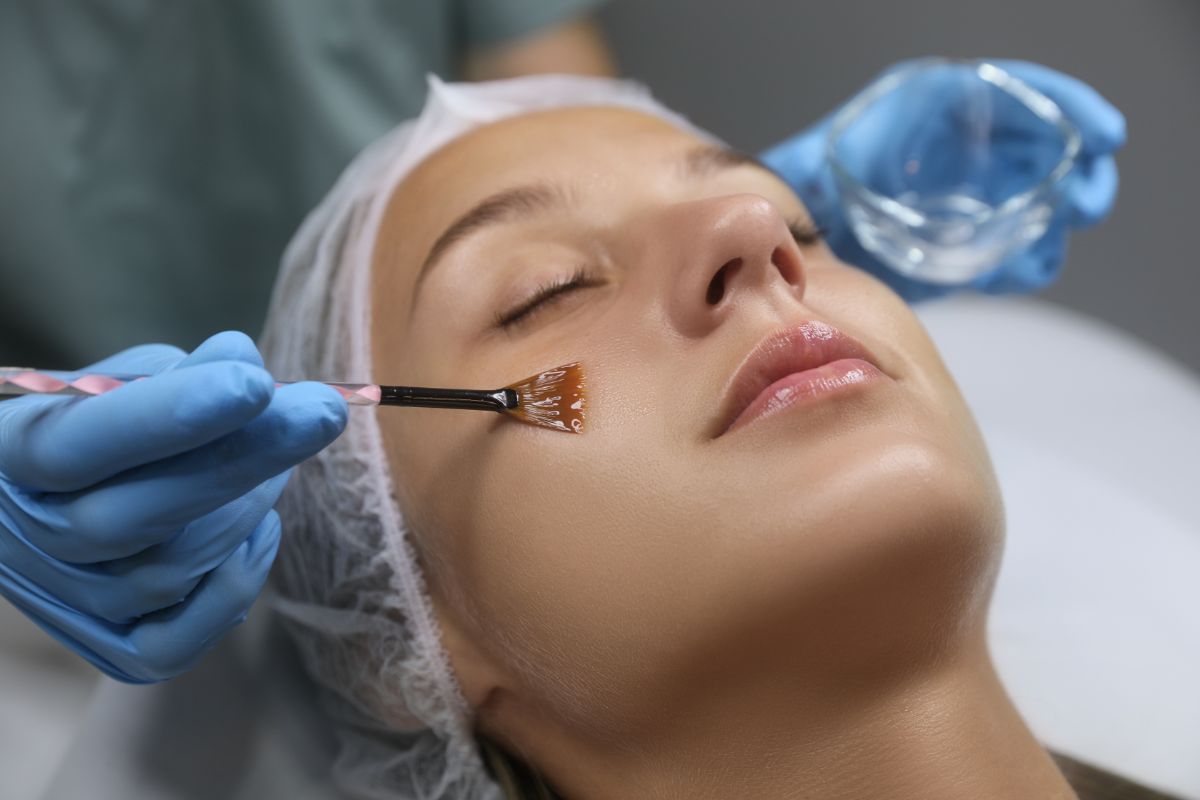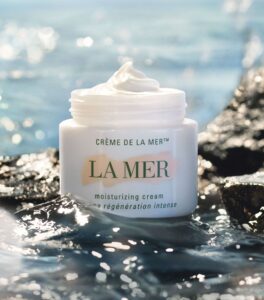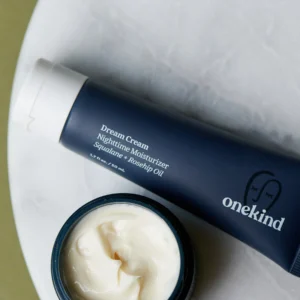Embark on a transformative journey as we delve deep into the realm of chemical peels, unveiling the secrets of skin resurfacing procedures. Discover the science behind this powerful technique, designed to rejuvenate and revitalize your skin. Explore the path to a radiant complexion and youthful glow through this in-depth exploration.
A chemical peel dissolves the upper layers of skin, revealing fresh, glowing skin. It can treat a variety of skincare woes, including scarring (including acne scars), sun damage, fine lines and uneven skin tone.
A chemical peel performed on an outpatient basis, and requires some downtime. Before your procedure, avoid hair removal techniques (like waxing or depilatories), and arrange a ride home if you are getting a medium or deep peel.
Table of Contents
What Is a Chemical Peel?
A chemical peel is a treatment that improves facial skin tone, smoothes fine lines and wrinkles and evens out skin pigmentation by removing the damaged outer layers of the skin. During the procedure, the face is thoroughly cleansed and protected before the chemical solution, which may be glycolic acid, trichloroacetic acid (TCA), salicylic acid, alpha hydroxy acids or phenol, applied to the surface of the skin. The chemical causes a controlled injury to the skin’s tissues, which then peel away and reveal new layers of tissue below.
A light chemical peel may perform in a medical spa, while medium and deep peels usually done in a dermatologist’s office or surgery center. Before the peel, it’s important to stop using products containing retinoids or topical medications unless your doctor tells you differently. You should also avoid sun exposure for the first two weeks after your peel.
After the peel, your face will feel like it has a mild sunburn. It’s normal to experience redness and some scaling, but this will fade within three to seven days as the skin heals. Depending on the depth of the peel, your skin will also need to bandaged for several days to protect it from sunlight.
Light chemical peels are often successful in reducing or eliminating fine lines and wrinkles. They can also improve the appearance of uneven skin pigmentation, such as sun spots or precancerous scaly patches called actinic keratosis. Medium peels are more effective in improving rough, scaly or dry skin. They can also address deeper wrinkles and improve the appearance of scars, says Zeichner.
A deep chemical peel usually includes a higher concentration of chemicals, including TCA and phenol, which can penetrate more deeply into the skin. It’s generally reserved for patients with more extensive sun damage or who have coarse facial wrinkles, dark blotches caused by pregnancy or birth control pills, or precancerous growths. These patients may have a greater risk of post-inflammatory hyperpigmentation, which can cause the skin to darken after treatment. If these issues can’t be addressed with a chemical peel, a plastic surgeon may recommend other cosmetic surgical procedures, such as carbon dioxide laser resurfacing, a face lift, brow lift or eye lift.
What Are the Benefits of a Chemical Peel?
Chemical peels are an effective way to resurface your skin, helping you look younger. They can help treat fine lines and wrinkles, clogged pores, uneven skin tone, hyper-pigmentation and acne. A peel works by removing the outermost layer of damaged skin, leaving behind new and healthy skin. It also allows skincare products to penetrate more deeply into the skin, as they no longer have to fight against dead skin cells.
To perform a chemical peel, your doctor will thoroughly clean the treatment area. Next, they will apply the chemical solution. The solution will typically cause a slight burning or stinging. This sensation lasts for about a minute or so, and then the peel will rinse off. Your skin will need time to heal, and you should avoid sun exposure during this period. You can use sunscreens if you must go outside, but it’s important to choose an SPF that contains zinc oxide or titanium dioxide.
A light chemical peel can help clear your skin and improve its appearance by removing oily patches, decreasing wrinkles and minimizing the size of pores. It can also reduce acne breakouts and help you get rid of blackheads. Light chemical peels are also great for improving mild hyper-pigmentation, such as freckles and sun spots. They can also help to diminish melasma, a condition that causes dark spots on the face.
A medium chemical peel goes deeper, targeting both the epidermis and upper layer of the middle skin. This is the best option for treating acne scars, age spots and moderate skin discoloration. Medium chemical peels can also shrink large pores, making them appear smaller and tighter.
Deep chemical peels can do a lot of work on your skin. They can erase dark spots, remove enlarged pores, reduce wrinkles and remove superficial scars. However, there is a greater risk of infection with a deep chemical peel. You will need to tell your doctor if you have any history of keloids (scar tissue overgrowth) on the face, or herpes outbreaks, as there is a risk that the peel will reactivate those conditions.
What Are the Complications of a Chemical Peel?
A chemical peel is an effective treatment for sun-damaged skin, uneven pigmentation, fine lines and wrinkles, large pores, freckles, age spots, rough skin and precancerous scaly spots (actinic keratoses). It also treats acne scarring. In addition, a chemical peel can be used to treat superficial herpes outbreaks.
The type of acid used determines the strength of the peel, which can range from a light superficial peel to a deep peel. A deeper peel removes more of the skin’s outer layer, so it is more invasive and can result in more side effects than a lighter peel.
There is a slight risk of scarring, especially in darker skin types. However, scarring is usually mild and improves with time. If you have a history of cold sores or herpes, there is also a risk that the procedure may activate them. However, your doctor can prescribe medication to prevent an outbreak before and during the peel.
You should avoid using retinoids for one to two weeks prior to your peel, unless otherwise instructed. You should also tell your doctor if you have any open sores, lesions or skin infections.
The most common complications from a chemical peel are redness, swelling, crusting and discoloration. Some of these symptoms may be temporary, but others can persist for a long period of time or in rare circumstances, be permanent. Itching and tenderness are other possible complications.
People with dark skin are more prone to post-treatment hyperpigmentation than those with lighter skin, so it’s important to discuss your candidacy for a chemical peel with your dermatologist or plastic surgeon.
If a medium or deep chemical peel performed, it’s important to stay out of the sun and use a broad-spectrum sunscreen to protect your skin for several months afterward. If you have a history of heart problems, a peel with phenol can induce abnormal heartbeats.
Generally, only a board-certified dermatologist or plastic surgeon should perform chemical peels. If you have sagging skin, bulges or deep scars that don’t respond to other treatments, cosmetic surgery procedures such as a face lift, brow lift, eyelift or soft tissue fillers might be better options for you.
What Are the Side Effects of a Chemical Peel?
Chemical peels can be used to reduce blemishes, smooth skin texture, improve radiance and promote cell turnover. They can be very effective on the top layers of the skin where wrinkles, age spots and discoloration occur. They can also encourage the production of collagen, a protein that helps give our skin its youthful structure.
In some cases, peels also used to treat deeper acne scars and other types of scarring. These types of peels often performed using lasers rather than traditional peeling techniques.
It’s important to discuss all your options with your dermatologist before you decide to have a peel. Your doctor may recommend a light, medium or deep peel depending on what needs to treated. They might also suggest another type of procedure like lasers or microneedling, if they think peeling is not the right treatment for your particular problem.
During the peeling process, your doctor will first cleanse your face to remove any oil or makeup. Then they will apply a neutralizing agent to protect the surrounding skin from the chemicals in the peel. The chemical solution will then apply to your skin, and you will feel some stinging or irritation. Different types of chemical peels cause a controlled injury to the skin at varying depths, and then the damaged outer layer of the skin will shed away to reveal new skin underneath.
After the peel completed, your doctor will apply a moisturizer and sunscreen to your skin. It’s very important to avoid sun exposure after a chemical peel because the newly formed skin is very sensitive. It’s also very important to wear a good quality sunscreen with an SPF of 30 or higher.
The most common side effects of a chemical peel are redness and dryness. This can last for a few hours to a few weeks, depending on the strength of your peel. You may also experience some mild peeling during this time, which is normal and a sign that your old skin cells replaced by fresh, healthy ones. You might also experience some breakouts or a temporary darkening or lightening of your skin. If these side effects are severe, contact your dermatologist immediately.







